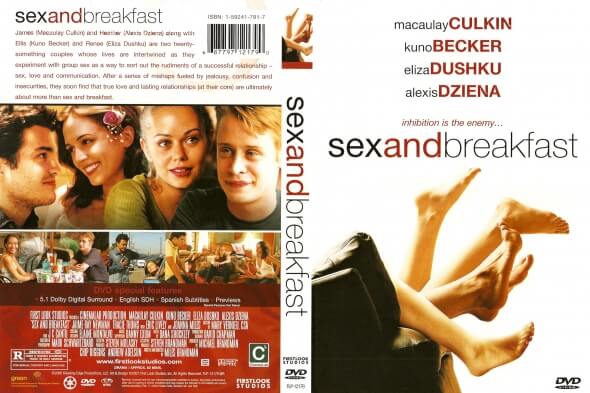Erotic Blogs: Exploring the Phenomenon
Erotic Blogs: Exploring the Phenomenon of Online Pornography
The internet has revolutionized the way in which people consume and create media. From news websites to streaming services to virtual reality, digital media has drastically altered the way in which we explore entertainment and information. Within this digital landscape a new form of media has emerged, one that has caused a stir in media outlets all over the world: erotic blogs.
Erotic blogs are webpages, usually maintained by a single user or group of users, who upload media related to adult content. This content could include images, videos, animated gifs, audio clips, written text, or any combination of the above. Many erotic blogs also feature message boards or discussion features to facilitate discussion of the content as well as writer feedback.
The term “erotic blog” first came into use in the early 2000s, shortly after blogging became popular. A PC Magazine survey in 2003 found that the “erotic blog” was the fastest growing type of blog, with 500% growth over six months. By 2004, the erotic blogosphere had exploded with thousands of blogs dedicated to a variety of topics related to adult content.
www.girlinthenorth.com
Many theories have emerged to explain the sudden surge of erotic blogs. Some argue that it is merely a reflection of the changing attitudes towards sex in society, with more people willing to express their sexuality openly online. Others contend that the explosion of erotic blogging is tied to the influx of new technologies, which make it easier to create and consume media without fear of censorship.
Regardless of the cause, the phenomenon of erotic blogging has had a tremendous impact on the way in which sex is represented online. For some, erotic blogs are a source of titillation and self-expression, providing a platform for sexual exploration and experimentation. For others, they are a source of information on sexual topics, used for research or even entertainment.
Perhaps unsurprisingly, the erotic blogosphere has also been the subject of significant criticism. Many people contend that erotic blogs promote the objectification of women and contribute to the wider culture of online misogyny. Others argue that the proliferation of sexual content in the media has created a societal anxiety over sex and a heightened sensitivity to any form of explicit content.
Still, the growth of erotic blogging shows no signs of slowing. It is often considered one of the most popular types of content on the internet, with hundreds of thousands of new posts appearing daily. It is undeniable that erotic blogging is here to stay, and will continue to be an important part of our online media landscape.
